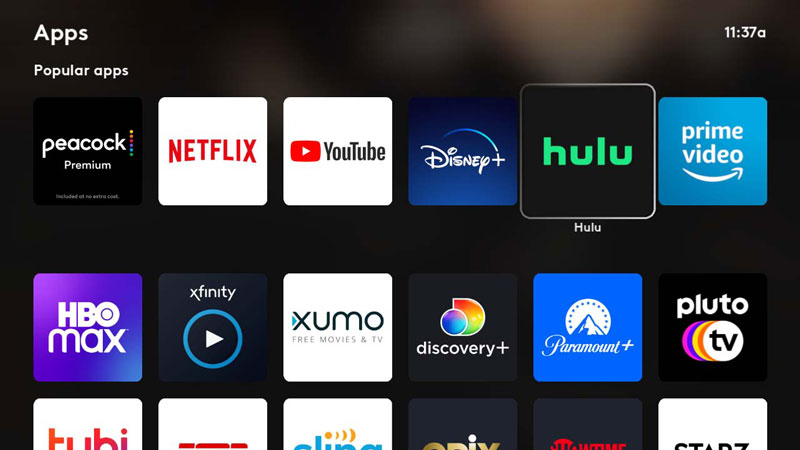Streaming service Hulu has had a troubled existence that its current parent companies are trying to untangle, and epitomizes the complexities that all SVoD platforms are experiencing in different forms. The unresolved issues are: The value of the platform, if the service should have been launched internationally, and if it should be incorporated into another service.
Hulu was announced in 2007 and launched a year later with the idea of providing a way for cable cord-cutters to watch network TV programs online. Its original ownership was shared between ABC, FOX, and NBC. The networks got paid for putting their content on Hulu, usually the day after they aired on TV. Content acquisition required unanimous approval from Hulu’s owners.
In 2011, Comcast acquired NBC, and the cable operator became part owner of Hulu. In 2018, when Disney acquired some Fox studios assets for $71.3 billion, one-third of Hulu’s stake went to Disney. At that point, NBC (Comcast) could no longer block content acquisition decisions, partly because it had agreed to be Hulu’s silent, non-active partner in a bid to secure U.S. government approval of its NBC acquisition.
In order to protect its investment in Hulu, Comcast contrasted the Disney acquisition of Fox assets with its own unsuccessful $65 billion bid. In 2019, Disney and Comcast agreed on a sale of Comcast’s stake in 2024, but there is a dispute as to whether the agreement also called for the service’s international launch.
Disney claims that it did not agree to expand Hulu internationally, and in 2020 it used its Star brand, originally intended for Asia, as its international brand. Previously, in 2011, Hulu launched its service in Japan, but in 2014 Hulu Japan was acquired by Nippon TV, and in 2019 WarnerMedia (now Warner Bros. Discovery) sold its 9.5 percent interest back to Hulu.
Hulu currently has 48.2 million U.S. subscribers, and it is valued at $27.5 billion, however, the real value is being disputed, and will eventually be resolved by an independent third party. Subscribers pay $7.99 a month for the ad-supported service, and $14.99 a month for its no-ads plan.
Comcast has now reportedly stopped funding Hulu and Disney has provided a loan to keep the operation going.
Once the sale is completed, Disney is planning to fold Hulu’s content into Disney+, while maintaining the Hulu brand as stand-alone.
But, this scenario is also disputed since Disney announced massive cuts to keep its streaming service going. Disney’s DTC division will remove little watched titles for an estimated $1.8 billion. It is also cutting $5 billion in operating expenses from all divisions ($3 billion this year). Plus, it is scrapping a $1 billion Florida project (blamed on an ongoing feud with Florida governor Ron DeSantis). Under this scenario, many wonder how Disney can be forking out a minimum of $9.16 billion to buy Comcast’s share of Hulu.
Meanwhile, Hulu has elevated its boss, Joe Earley, to president of Disney’s direct-to-consumer unit for entertainment content, which oversees the Disney+ and Hulu streaming services, replacing Michael Paull, who played a major role in Disney’s entry into streaming. In October 2021, Hulu president Kelly Campbell resigned to become president of NBC’s Peacock streaming platform, and Earley took her place. A year later, NBC pulled its content from Hulu and moved it to Peacock.
Audio Version (a DV Works service)


Leave A Comment